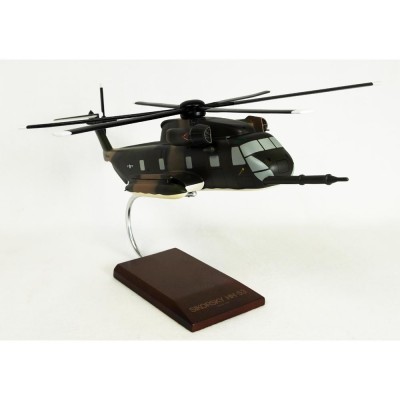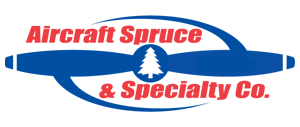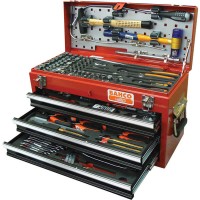SAME DAY SHIPPING ON ORDERS PLACED BY 4 PM | 877-4-SPRUCE
Hh-53D Jolly Green Giant Model
$259.95/Each
Part# 13-10829
MFR Model# HH53DT
MFR Model# HH53DT
Overview
|
The Sikorsky HH-53 or the Super Jolly Green Giant was ordered by the USAF for Search and Rescue operations. The Sikorsky HH-53 is the USAF version of the CH-53 Sea Stallion helicopter. The main reason for the development of Sikorsky HH-53 is to replace the HH-3 which is also called the Jolly Green Giant. Later on, the Sikorsky HH-53 was upgraded to MH-53. A lot of Sikorsky HH-53 variants were produced, such as the HH-53B which has a retractable in-flight refueling probe on the right side of the nose, the HH-53C which was an interim type that dispenses with the fuel tank bracing struts, the MH-53H which retained the in-flight refueling probe, external fuel tanks, rescue hoist and three gun armament, the MH-53J which is the largest and most powerful Sikorsky HH-53 variant produced by the US Air Force and the MH-53M has been modified with the Interactive Defensive Avionics System. On March 15, 1967, the Sikorsky HH-53 Super Jolly Green Giant made its first flight at Wright Patterson Air Force Base, Ohio. The Sikorsky HH-53 was faster and had tripled the take off of the HH-3. Other than that, the Sikorsky HH-53 was larger, more heavily armed and with almost double the shaft horsepower. Thus, the Sikorsky HH-53 had better overall performance and hover capability. |
WARNING: Cancer and Reproductive Harm - www.P65Warnings.ca.gov. |
Q&A
Please note, Aircraft Spruce's personnel are not certified aircraft mechanics and can only provide general support and ideas, which should not be relied upon or implemented in lieu of consulting an A&P or other qualified technician. Aircraft Spruce assumes no responsibility or liability for any issue or problem which may arise from any repair, modification or other work done from this knowledge base. Any product eligibility information provided here is based on general application guides and we recommend always referring to your specific aircraft parts manual, the parts manufacturer or consulting with a qualified mechanic.








 FREE Shipping
FREE Shipping




